
Globally renowned for its historic and cultural heritage, Rome boasts an incalculable number of eye-catching monuments and buildings. This sheer monumentality often eclipses the existence of the city's lesser-known gems, one of which is Palazzetto Zuccari, a 16th century architectural oddity, best-known for its freakish façade and world-class library.

By: Omri Westmark
Date: 13:40 06.11.22
Last Update: 21:27 09.03.23
Due to the endless array of lavish landmarks across the Italian capital, it is easy to overlook the dozens, if not hundreds, of hidden gems that stand unassumingly alongside some of the world’s most famous sites. Perhaps one of the best examples for Rome’s multi-faceted cityscape is the unusual façade of Palazzetto Zuccari, only meters away from the iconic and well-known Scalinata di Trinità dei Monti (the Spanish Steps).
Named after its first owner and creator, Federico Zuccari, the building was constructed in 1590 next to the Trinità dei Monti Church. Zuccari, who was a well-experienced artist, wanted to impress his future guests by embellishing his house’s façade with eerie ornaments, intricately sculpted around the door and windows facing Via Gregoriana. The unusual carvings depict several sinister creatures, ultimately earning the building with the nickname “House of Monsters”.
After Zuccari died in 1609, the building exchanged multiple tenants throughout the following centuries, with some of whom modifying the place to fit their needs. Perhaps the building’s single most famous tenant was the exiled queen of Poland Marie Casimire, who leased Zuccari Palace in the early 18th century and opened a private theater for the city’s elite at its premises.
The last member of the Zuccari family who owned the house sold it to Henrietta Hertz, Palazzetto Zuccari’s last private resident. Upon her death in the early 20th century, Hertz bequeath the entire building along with her ample collection of art pieces to the German government, which in turn established the Bibliotheca Hertziana (Max Planck Institute for Art History), one of the world’s largest study centers of Italian art. Home to 300,000 volumes and almost a million individual photos, the library is not opened for the wide public, albeit there are a couple of organized tours available at their website, where visitors can have a glimpse of its sumptuous interior as well.
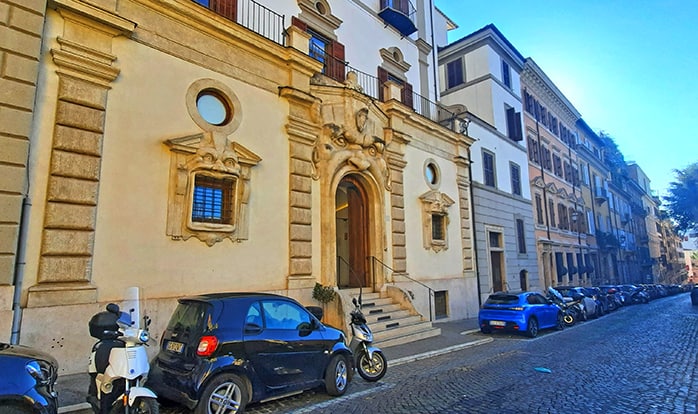
photography by: Omri Westmark
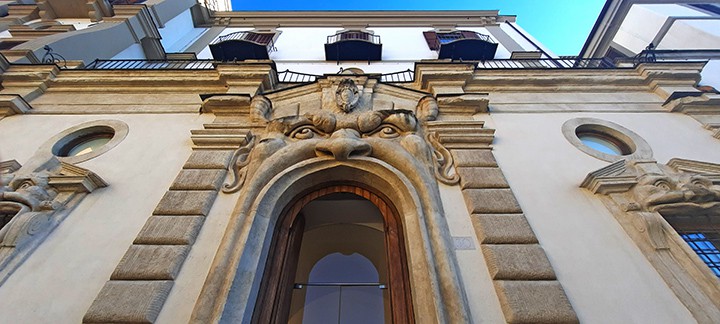
photography by: Omri Westmark
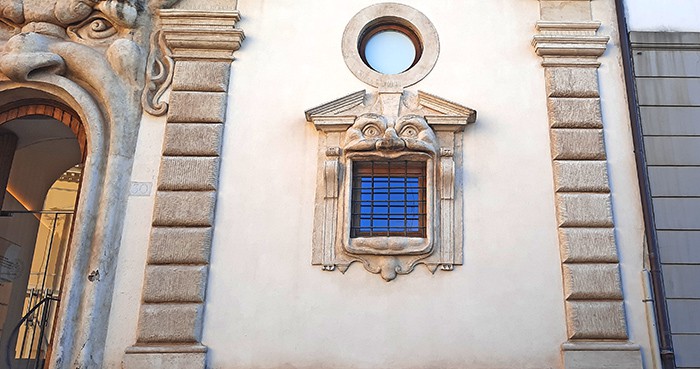
photography by: Omri Westmark
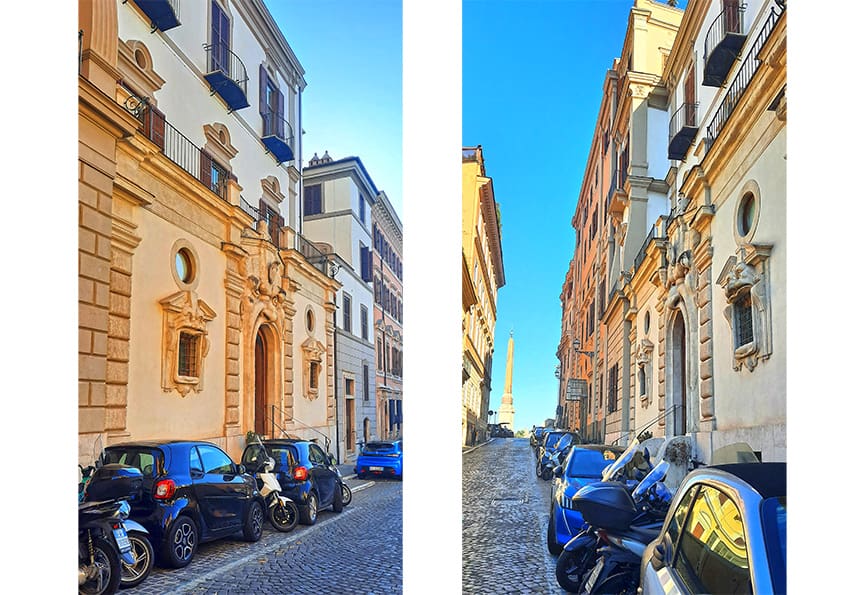
photography by: Omri Westmark
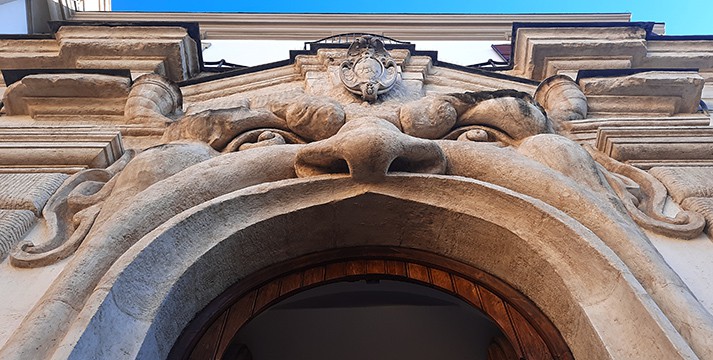
photography by: Omri Westmark
